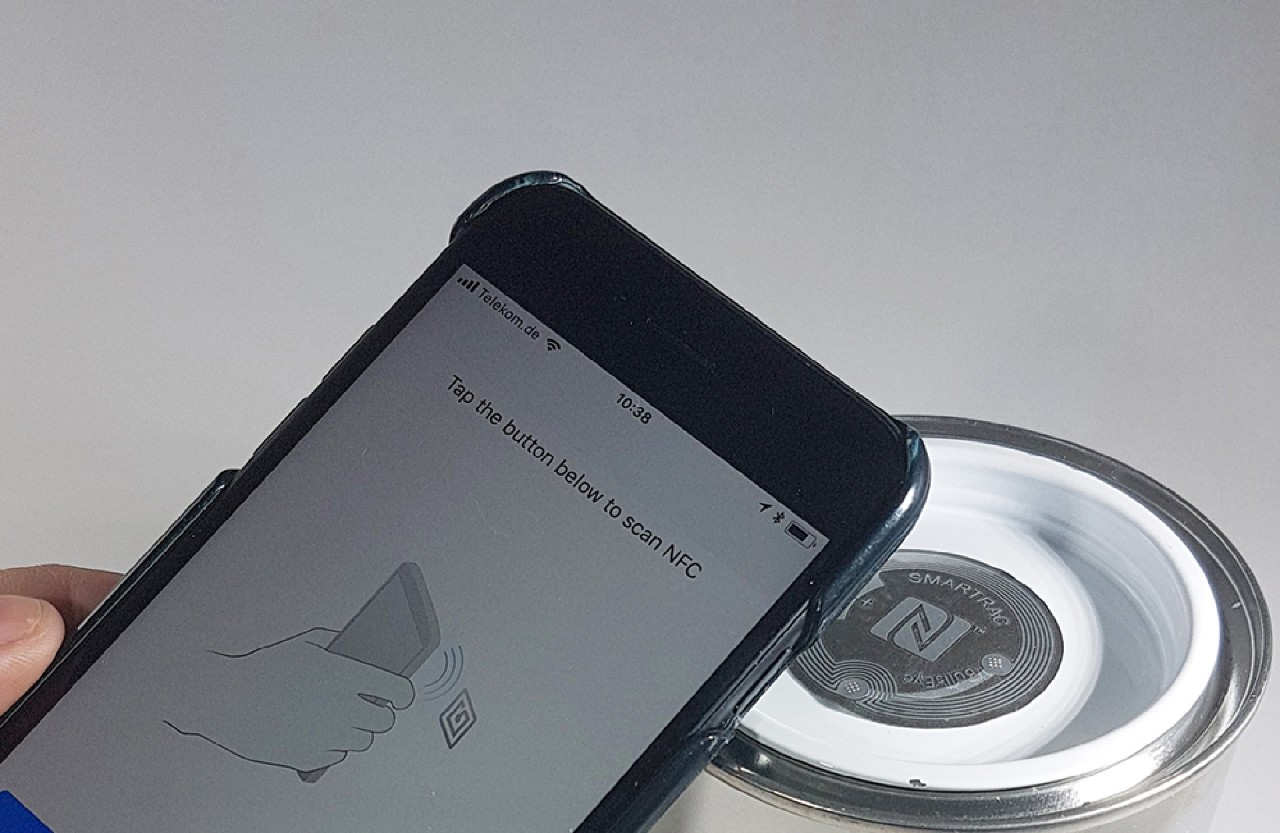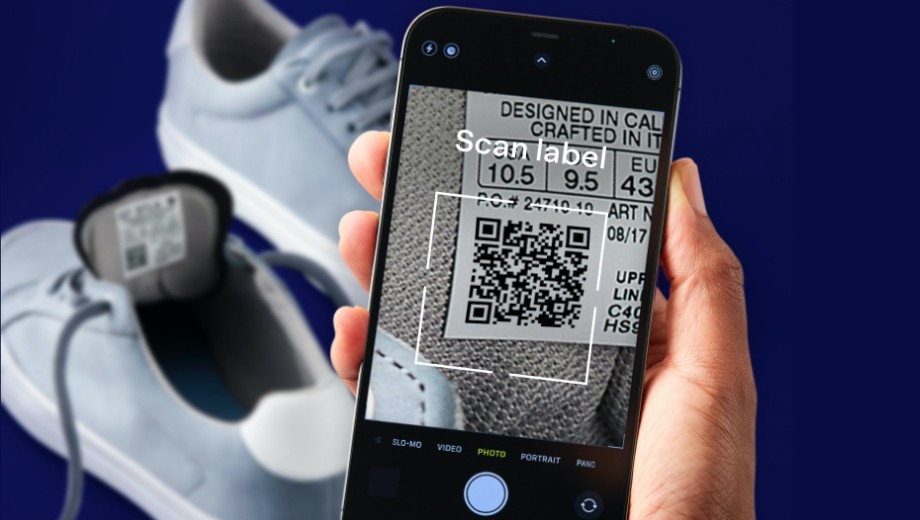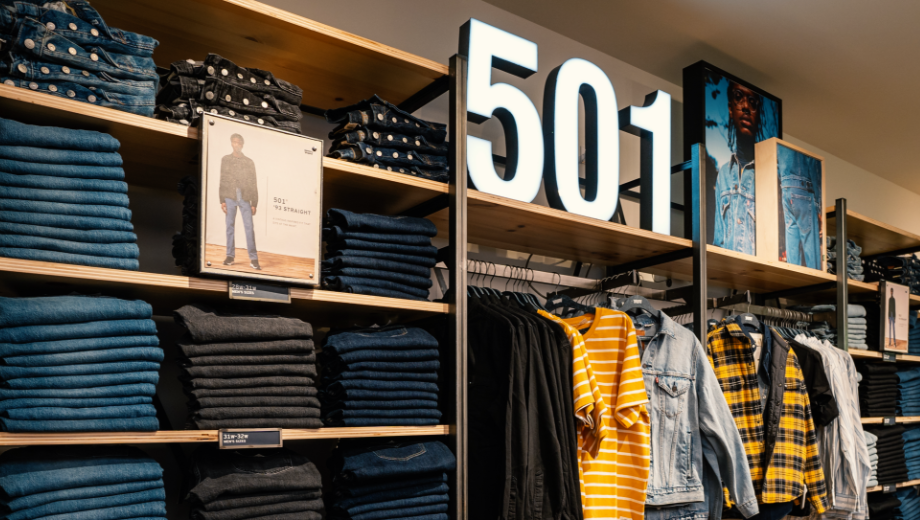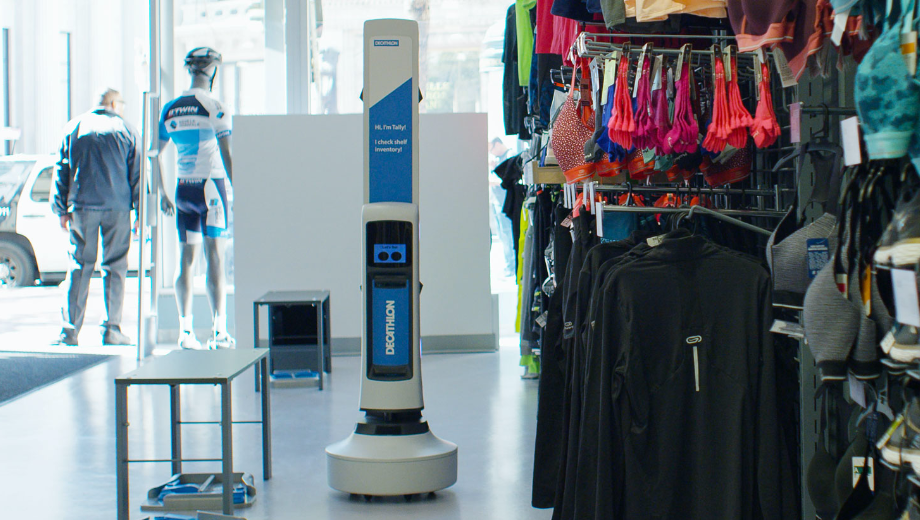Wider range of applications
The introduction of on-metal NFC products to Smartrac’s portfolio opens the door to all customer applications involving metal surfaces that need to be identified or interacted with.
Many general industrial and commercial use cases spring to mind: industrial and automotive customers who want to tag metallic parts, tools, machines, equipment, even metal doors and window frames, etc.; asset management; product authentication; grey market detection; warranty activation; planned maintenance confirmation; service and maintenance instructions; spare parts ordering; product feedback for product development, and many more.
Even the physical protection of industrial premises, where walls and doors are often made of metal, can benefit from this innovation. Security guards can verify that designated areas have been checked at various stages throughout their rounds, simply by tapping a smartphone against an NFC tag attached to a metal structure.
In terms of consumer goods, again, pretty much anything made from metal can now be NFC-enabled: think of tagging bicycles for product authentication, warranty activation, service instructions, spare parts ordering, product feedback for product development, or ownership registration; or tagging domestic items ranging from barbecues to tables, chairs, lamps, vases… the possibilities are endless.
Technology adaptable to suit many products
The new ferrite layer option will be made available across a range of Smartrac HF/NFC products, and will initially be offered for Circus and Bullseye antenna types equipped with NXP’s NTAG213 IC. Looking ahead, there is essentially no limit to the range of different product sizes and shapes that can benefit from this technology.
Flexible and thin ferrite-based inlays are less than half a millimeter thick including the added ferrite layer. While the inlays’ read range may be slightly reduced, the advantage of being able to read an NFC inlay applied directly to a metal surface is of much more significance.
The first new inlays, Bullseye™ On-Metal and Circus™ On-Metal, will become available in July 2018. For further information please contact our sales & customer service team.




